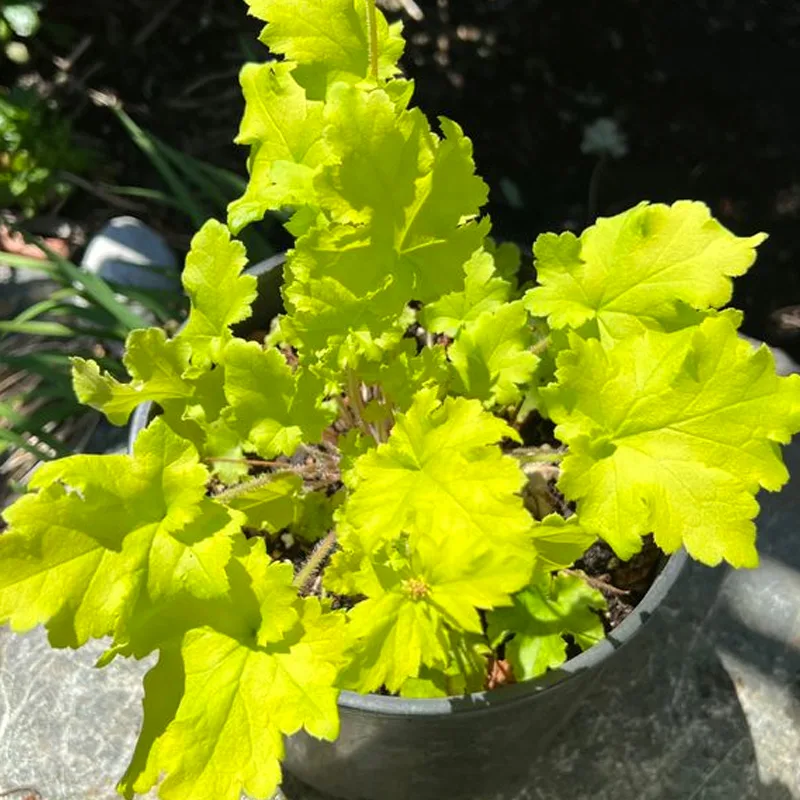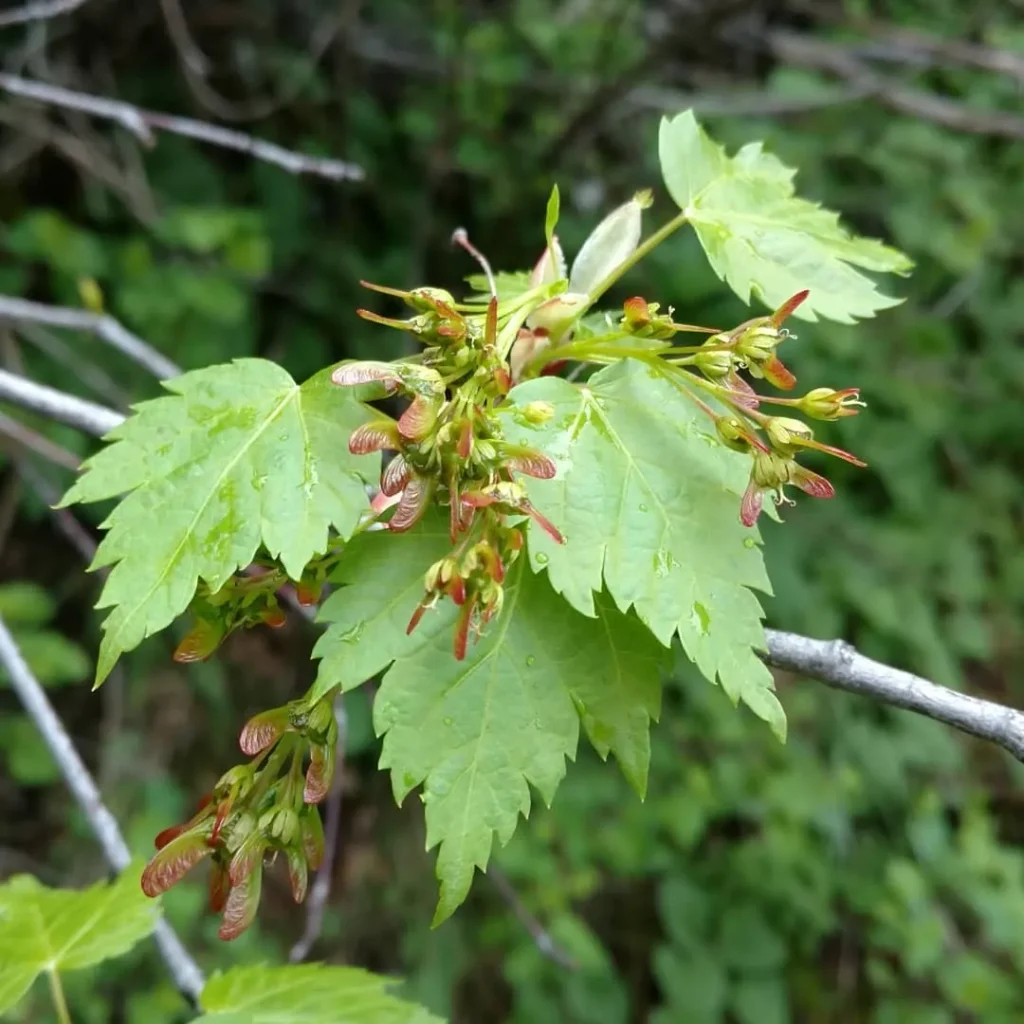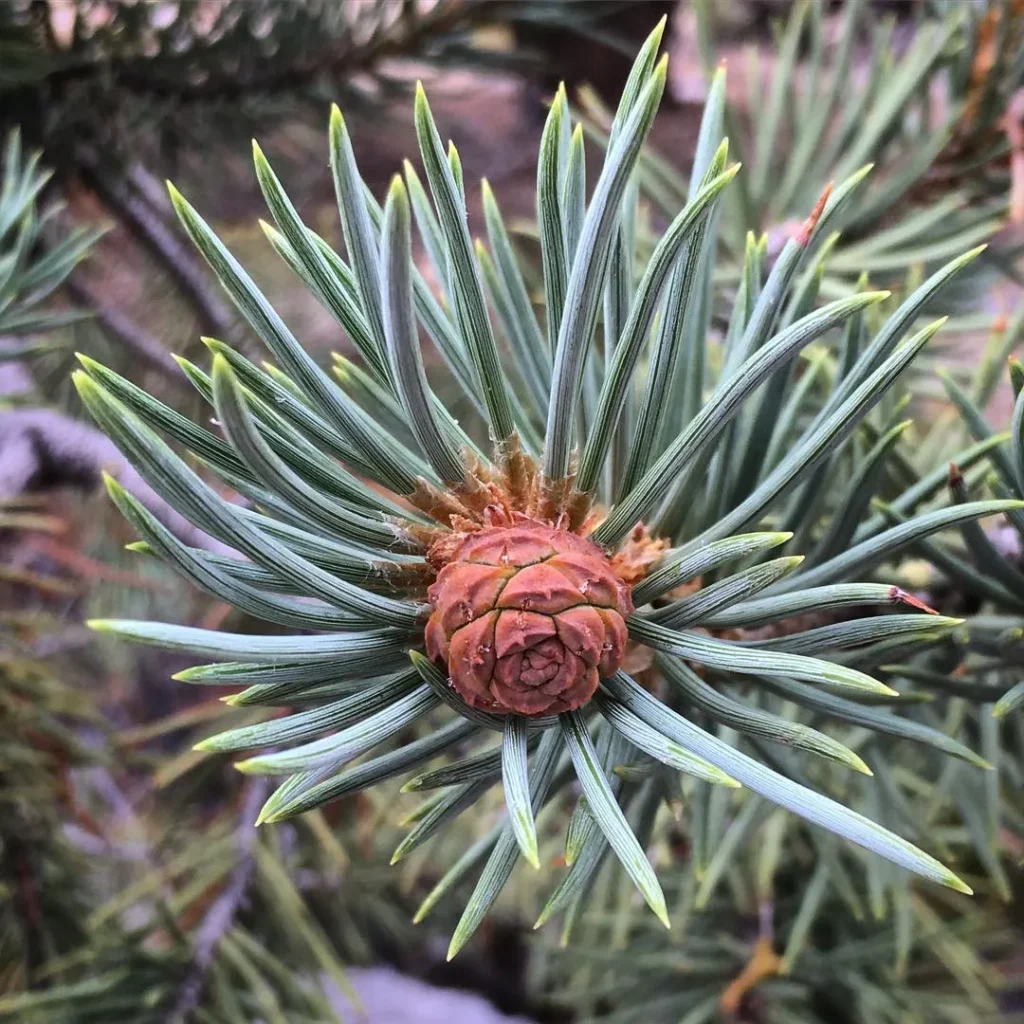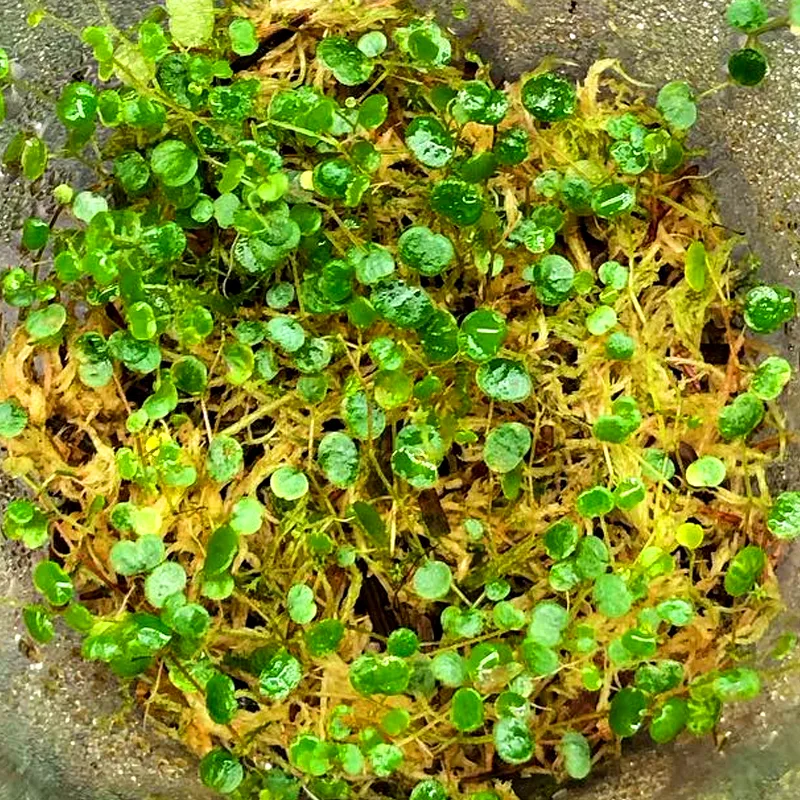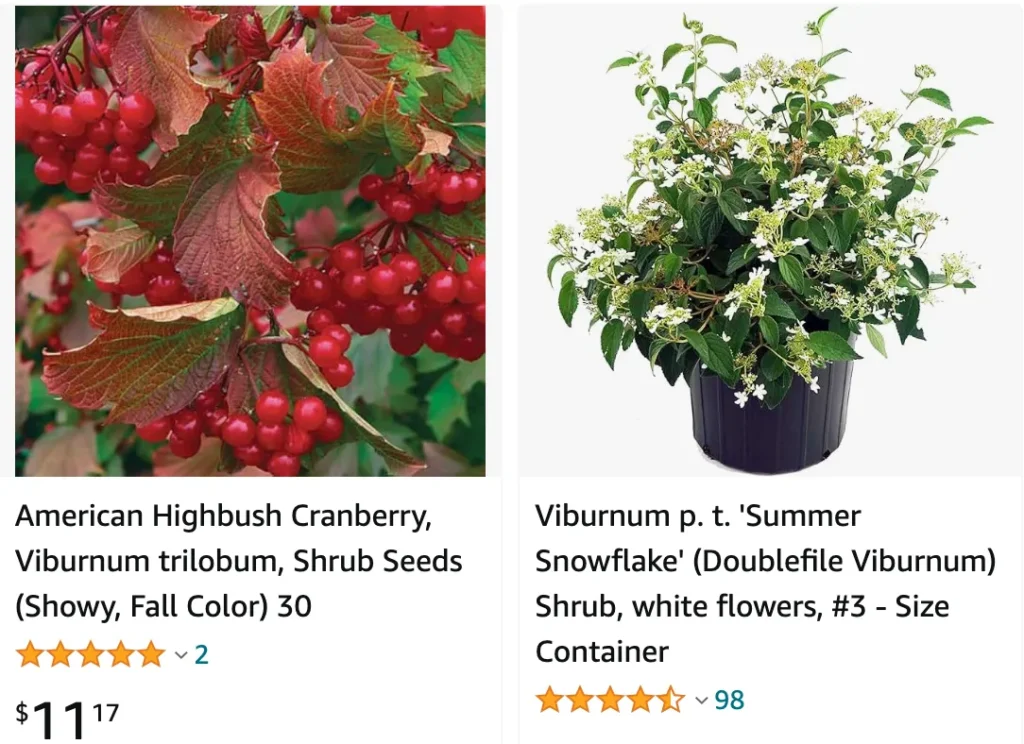
All About Viburnum Rufidulum: A Q&A with Ferb Vu
Hi everyone, Ferb Vu here! Today, we’re diving into the world of Viburnum rufidulum, also known as the rusty blackhaw, southern blackhaw, or rusty nannyberry. This versatile plant is a favorite among landscapers and wildlife enthusiasts alike. Let’s answer some common questions about this beauty.
What is Viburnum Rufidulum?
Viburnum rufidulum is a flowering shrub or small tree native to the eastern and central United States. It thrives in dry to moist well-drained soils and tolerates full sun to partial shade. Think of it as a resilient and adaptable plant that can grace your garden with its presence in various settings.
Viburnum Rufidulum vs Prunifolium
In my garden, Viburnum Rufidulum has a charming, understated beauty with its soft, reddish foliage and delicate blooms, whereas Prunifolium stood out with its vibrant, cherry-like flowers and a more pronounced autumn color shift.
Viburnum Rufidulum vs Cornus Florida
I’ve found that Viburnum Rufidulum’s compact size and subtle fragrance make it a great choice for smaller spaces, while Cornus Florida’s bold, showy blooms and impressive branching really command attention in a larger garden setting.
How Big Does Viburnum Rufidulum Get?
This shrub-tree typically reaches a mature height of 10 to 20 feet with an equal spread. It can be maintained as a multi-stemmed shrub or trained into a single-trunked small tree, depending on your preference.
What Does Viburnum Rufidulum Look Like?
Viburnum rufidulum boasts stunning features throughout the seasons. In spring, clusters of small, creamy-white flowers add a touch of elegance to your landscape. These blooms are similar to other Viburnum species but can form clusters up to six inches wide, making them quite a showstopper.
Come summer, the vibrant green foliage takes center stage. The leaves have a unique characteristic – a fine covering of reddish-brown hairs on the undersides, earning the plant its nickname “rusty blackhaw.”
Fall brings a delightful transformation. The green leaves transition to fiery shades of orange and red, adding a pop of color to your autumn landscape. But the real stars of the show are the fruits – beautiful clusters of purple or dark blue drupes (fleshy, one-seeded fruits) that mature in mid to late summer. These fruits provide a feast for birds and add a touch of winter interest as they persist on the branches well into the colder months.
How Does Viburnum Rufidulum Compare to Viburnum Prunifolium (Blackhaw)?
Viburnum rufidulum is often compared to its close relative, Viburnum prunifolium, also known as northern blackhaw. Here’s a quick breakdown of the key differences:
- Habitat: Viburnum rufidulum thrives in warmer climates (USDA hardiness zones 5B to 9B), while Viburnum prunifolium prefers colder regions (zones 4 to 8).
- Appearance: Viburnum rufidulum has slightly larger leaves with a more pronounced reddish-brown fuzz on the undersides. Its fruits are a paler shade of blue compared to the darker blue fruits of Viburnum prunifolium.
- Growth Habit: Viburnum rufidulum tends to be slightly taller than Viburnum prunifolium at maturity.
Is Viburnum Rufidulum Easy to Grow?
Absolutely! Viburnum rufidulum is a low-maintenance plant that’s well-suited for beginner gardeners. It tolerates a wide range of soil conditions and requires minimal pruning. Just ensure it receives proper drainage and occasional watering, especially during its first growing season.
How Can I Use Viburnum Rufidulum in My Landscape?
With its beautiful flowers, colorful foliage, and attractive fruits, Viburnum rufidulum offers endless possibilities in your landscape design. Here are some ideas:
- Privacy Screen: Plant a row of Viburnum rufidulum to create a natural privacy screen that provides year-round beauty.
- Hedge: This versatile plant can be shaped into a formal hedge for a touch of elegance.
- Specimen Plant: Showcase the unique characteristics of Viburnum rufidulum by planting it as a single specimen in a prominent location.
- Wildlife Habitat: The fruits of Viburnum rufidulum attract a variety of birds, making it a perfect choice for creating a wildlife-friendly garden.
- Pollinator Magnet: The fragrant flowers of Viburnum rufidulum attract butterflies, bees, and other pollinators, contributing to a healthy ecosystem in your garden.
Does Viburnum Rufidulum Have Any Pests or Diseases?
Viburnum rufidulum is generally pest and disease resistant. However, it’s good practice to monitor for common garden pests like aphids and scale insects. If necessary, you can use organic methods like insecticidal soap to control any outbreaks.
Conclusion
Viburnum rufidulum is a charming and versatile plant that offers something for everyone. Its beauty, adaptability, and low-maintenance nature make it a perfect addition to landscapes of all shapes and sizes. So, if you’re looking for a plant that provides year-round interest and supports wildlife, Viburnum rufidulum might just be your perfect match!
